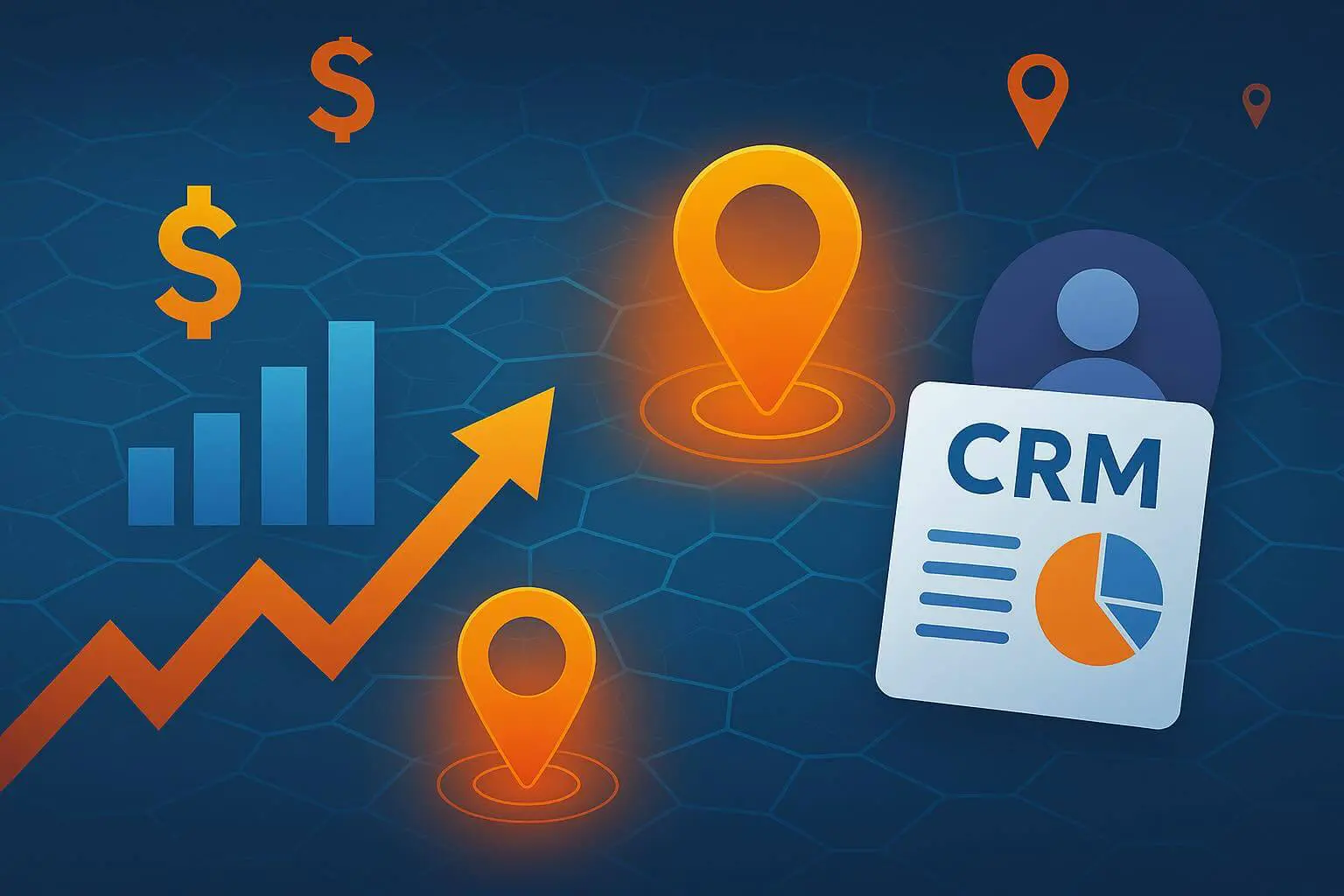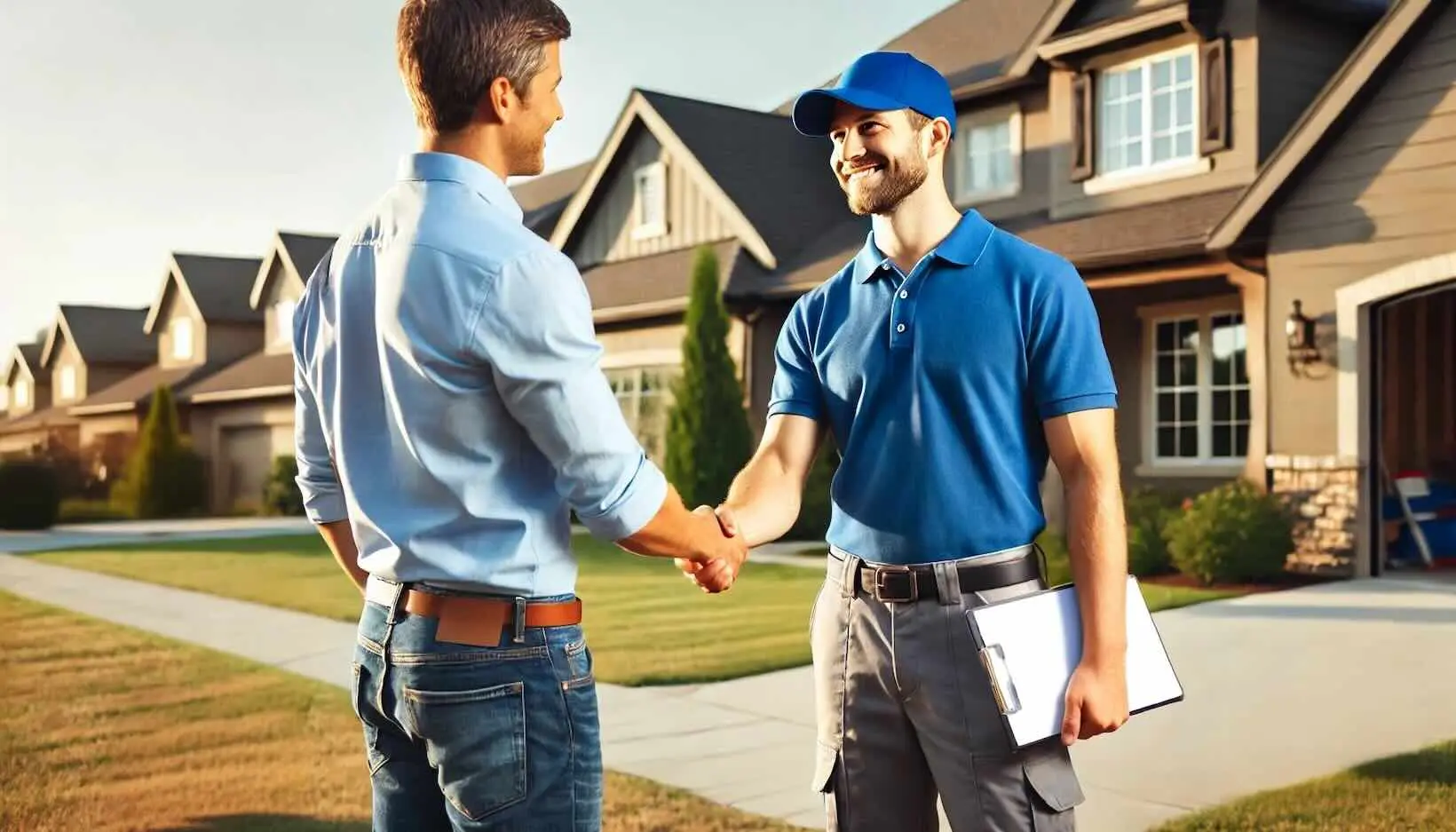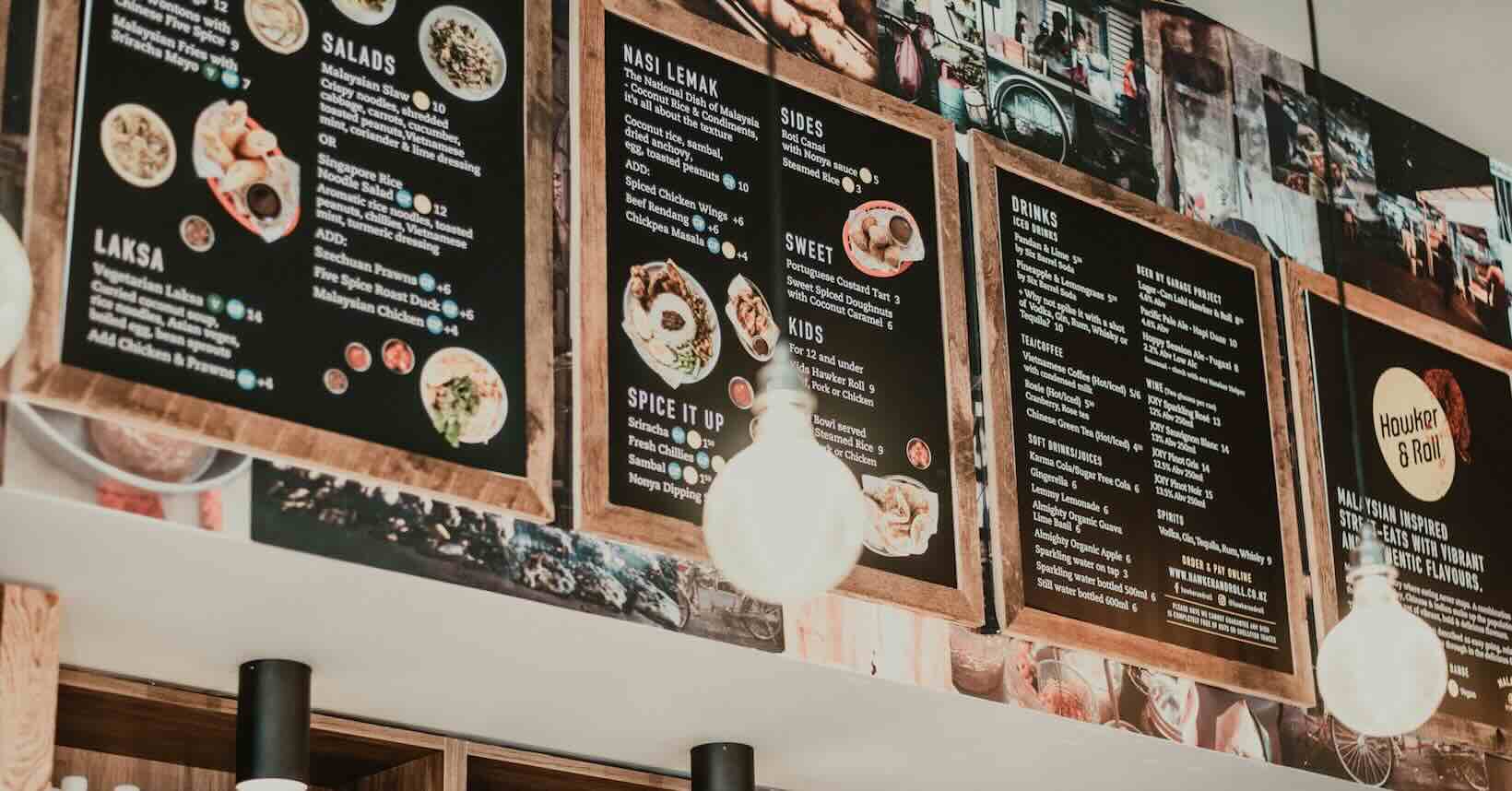
How to Write a Blog Post Fast in 4 Simple Steps [4 P’s Method]
So you made the decision to start blogging, but where do you start? How do you know what to do? My goal in this blog is to help you understand how to write a blog post fast in just four simple steps. Yes… just 4!
It’s pretty easy to feel overwhelmed with all the information out there, but if you don’t take action and start blogging, you’ll be delaying your potential growth!
With this information, you’ll have everything you need to start your blog and post new content regularly like a pro content marketer and help build your website’s traffic and leads.
How to Write a Blog Post In 4 Simple Steps
Okay… so let’s get to it… what are these 4 steps to writing a blog post?
- Plan: Create and validate winning content ideas
- Produce: Write/create compelling user-focused content
- Publish: Format your article for engagement and SEO then publish
- Promote: Maximize your content’s reach and results
Before I dive deeper into the 4 simple steps I’m going to touch on some basic building blocks that are essential to writing effective content. These brief primers are on the subjects of content marketing, blogging, and understanding your persona.
While this article will give examples using blogs, the strategy here applies to all forms of content marketing such as video, podcast, and more.
Foundations of Content Marketing
What is content marketing and how does blogging fit in?
So what is content marketing? How does blogging fit in?
If you think about it, every form of marketing is content marketing. Content is any combination of text, images, video, animations, audio, and even applications. If there’s something to be read, listened to, and/or watched, then that is content.
Blogging, on the other hand, is just one type of content marketing…. albeit the most common one and for a good reason (more on that in a second).
Though there are more, here are other forms of content marketing:
- Social
- Press
- Video
- Podcasts
Today, we’re going to focus on blogging. You may want to use multiple forms of content marketing but blogging is the easiest to launch, has a ton of benefits, and fits in the “quick win” category.
Why should you blog in the first place?
So why should you blog in the first place? Great question!
Simply put, content marketing is the highest producing ROI (return on investment) form of marketing you can implement. And all marketers should care about data-driven marketing strategies.
This means for every dollar spent on developing and promoting content, your return would be higher than say radio advertising, billboards, cold calling, mailers, or even google and Facebook ads.
In fact, Content marketing gets three times more leads than paid search advertising
Another solid reason to use content marketing over traditional forms of advertising is the timeframe of results. I call it the snowball vs. water faucet type marketing. Here’s what that looks like:
- Method 1 – Water Faucet: this type of marketing includes advertising such as radio, tv, online ads, billboards, signs, etc. When you put money into this method, you turn on the water faucet and you get results. But, the second you turn off the money, the ads stop and so do your results.
- Method 2 – Snow Ball: in this type of marketing, you spend more time initially building your snowball, adding to it, and getting it ready. But, once you build it and push it down the mountain, it’ll keep rolling and producing results long after you’re done spending money on it.
What does this mean? Well, here is an easy to understand example….
Let’s say you were to spend $1,000 on a month’s worth of Google ads, you’d get leads/sales during that time period, and maybe just a few after the fact.
Now, instead, let’s say you spend $1,000 on writing an article AND promoting it online (we’ll dig into that soon). You could see your blog post rank organically in search for 1, 2, 3+ years!
In fact, I’ve written many single high quality blog posts that have generated 1-10k visits per month for multiple years in a row… just off one post! Imagine getting an extra 1k+ visits to your blog every time you write a new post!
What type of website do I need for blogging?
So, what type of website do you need for blogging?
If you don’t know anything about web and just want a solution, then you can schedule a time to chat with my team. We would be glad to help get a business website built for you.
If you’re the DIY kind of person… cool! Just do these couple steps to set up a WordPress website:
- Choose a good hosting provider: We recommend . They are easy to use and have super-fast cloud servers, massive scalability, affordable pricing, and good support.
- Install WordPress on your host: most hosting companies provide a 1-click install for setup. Use it and don’t try to be a hero. Just let their automated systems do the work and in minutes you’ll have a site.
- Select a free or premium theme: We recommend either: Page Builder Framework Theme and the Beaver Builder Drag and Drop Page Builder or Genesis Framework Theme with either no builder or the Beaver Builder again
- Start adding website content: start adding blogs, pages, forms, graphics, and whatever else you need!
Alternately, if you already have a website, chances are you may already have a blog function built-in and you may not need to run out and grab a new website.
Here’s a list of website platforms that have blog features built right in:
- Site Funnels (Great if you want one platform to build both a website and a sales funnel)
- WordPress (mentioned above)
- Joomla
- Drupal
- Wix
- Weebly
- Squarespace
- Shopify (great if you also have e-commerce on Shopify)
- … and many more.
So, if you have a website platform that already has a blog, and you aren’t looking to switch for other website performance reasons, then stick with what you have, turn on the blogging, and get started!
Understand Your Target Persona
The last, and maybe most important element you must have before being effective with content, is a developed customer persona or avatar (note the term avatar and persona mean the same thing here).
What this means is you need to understand who your customer is AND what motivates them. While this article can’t delve too deep into persona development for your business at this time, we’d like to share a few quick tips:
- Create an overview of who your customer is in 2-5 sentences.
- List out all the basic demographics (location, age, education, sex, race, religion, income, etc.)
- Finally, list out all the basic psychographics (fears, problems, desires, goals, behavior, values, interests, etc.)

The information from this exercise is critical in the next steps to content success.
Now you know who you are creating blog content for which means you will motivate your audience with engaging content. If you don’t know this information then how can you be sure you’ll understand what content to write?
Note: if you already have this part done, then skip it. If not, then you can consider this “step 1” or a pre-step to the remaining 4 steps. This typically only has to be done once every year or two, but the remaining steps have to be repeated more consistently which is why this isn’t included in the 4 steps!
How to Write a Blog Post Fast in 4 Steps
Without further delay, let’s jump right in to the steps to writing a blog post fast!
1. Plan – Create and Validate Winning Content Ideas
The first part of writing any blog post needs to be idea creation or ideation for short.
The process goes like this:
First, imagine yourself in your ideal persona’s shoes… now think about their problems and list them out. Then, think about related problems from the main problems.
At this point, you’re essentially just writing down everything you think your ideal persona would search for on google, what they would want to read, and most importantly, what would help them solve an issue in their life and/or business.
Now, once you have those ideas, it’s time to validate them. It’s important that you do this because a lot of your ideas, while great, may not be things people are actually searching for.
For that, we need to use a process to filter them and only leave the ones that have a high probability of success.
I created a 6 step process to finding the best blog topics here, but here’s the short version if you don’t want to read it all:
1. Long-Tail Keywords:
To ensure your content has the best chance of ranking and engaging, use only long-tail keywords, or keywords that are 4+ words.

So, “basket weaving” is too broad, but “how to make a Christmas basket” is very specific which means you can write more tailored content that works better with your audience.
2. Keyword Volume:
You need to use a keyword tool such as Google Trends, UbberSuggest, SEM Rush (paid), or my favorite Ahrefs (paid), to ensure you’re writing about a topic that has enough volume to make it worth your time.
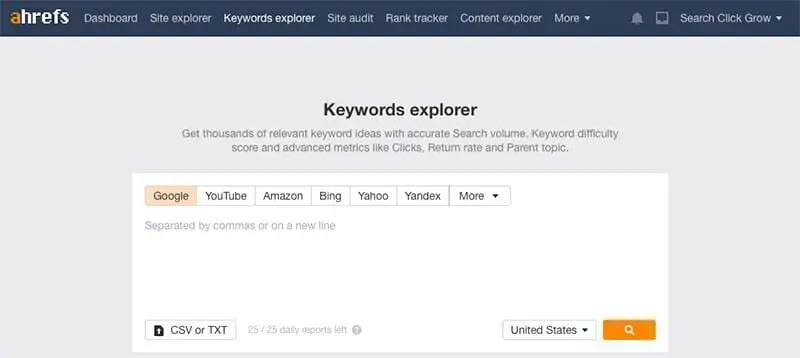
For example, “how to install sandstone pavers” has a monthly search volume of 260, while “how to install pavers” has a monthly search volume of 2,900.
3. Keyword Difficultly:
You can’t use just volume… you need to understand competition as well. Most keyword tools give a metric of difficultly.
For example, the keyword above “how to install sandstone pavers” has 260 searches and difficulty of 18, while “how to install pavers” has a monthly volume of 2,900 but a competition of 20 (note: this competition scale is out of 100).
4. Business Alignment:
Next up is business alignment… you need to ensure that what you are writing about will actually attract your potential customers.
This one is subtle. Let’s say you have an A/C repair company and write an article titled “How to repair an A/C condenser from model XYZ”. Is that a consumer search, or is it more likely a professional looking up how to fix that specific model?
My guess… option 2. If I were an A/C repair company, I might write an article titled “How often should I get my home A/C serviced?” as this more clearly something a consumer would search.
5. Search Intent:
This is massively overlooked and you need to pay attention to this one! Search intent means what is a user intending on finding when executing a search. Some search terms like “how to…” “best…” or “… vs … ” may indicate the search intent, but not all do.
Go to Google and type in your keyword and simply look at the first page results. Are they list articles like “how to do X in 5 steps”? If so, you may need to do similar but better.
Or, when you search are you finding nothing but product e-commerce pages? If so, you have a purchase intent keyword and you need to stop attempting to write a blog about it or add other things like “vs” “how to”, etc. and see if that helps the intent.
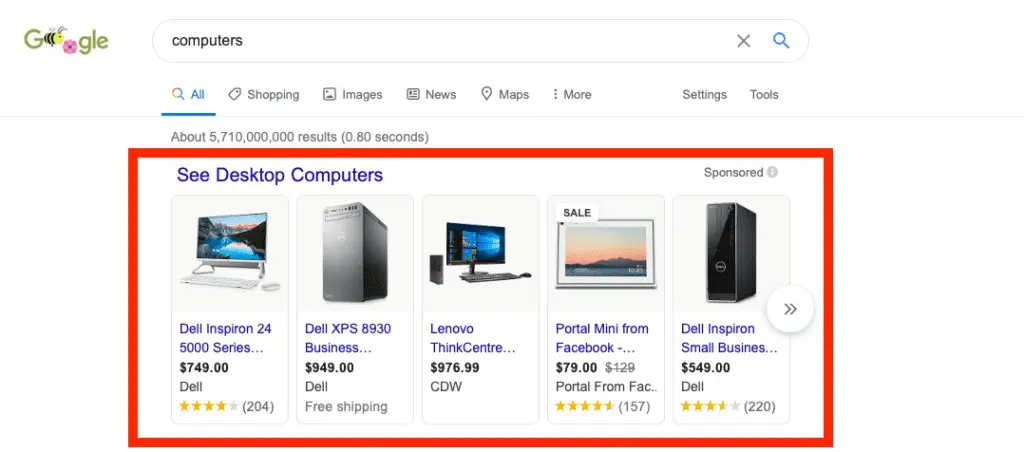
6. Evergreen:
Lastly, and this goes back to my point above about the long term ROI of content, is creating content that is evergreen. Evergreen just means the content will serve its purpose for a long time.
There are two forms of evergreen: evergreen topic and evergreen content.
A topic such as “current football stats” will likely be relevant for the rest of my life. The content on the page, however, may need to change daily to be relevant. This is an example of an evergreen topic with content that is NOT evergreen.
In this post, “How to Write a Blog Post Fast in 4 simple steps [2020]”, the topic and content are both fairly evergreen. The act of producing good content will never stop being useful. Therefore, this article will continue to serve its purpose with little to no updates required.
2. Produce – Write/create Compelling User-focused Content
So… now that you know how to obtain the best topic keywords for your articles.. it’s time to write!
One thing I’d like to point out is I am NOT a writer. My spelling is horrible, my grammar is even worse, and I barely passed English classes in high school and college.
I mention this because writing scares a lot of people… don’t let it! Since you have an understanding of something that other people want but don’t understand, you have everything you need!
Here’s my basic writing approach:
1. Craft a Winning Headline:
There are many schools of thought on this, but the overall goal is to create a headline that captures people’s attention and makes them want to click.
You should keep your headline simple, direct, and remove fluffy non-useful words. Seek absolute clarity into what your article is about, what problem it solves, and if there’s still room you can add extra details.
2. Create an Outline:
Whether you’re writing a novel, an encyclopedia, or a short 1,000-2,000 word blog, you need to start with an outline and a strong one at that.
In fact, before I wrote a single word of this post, I created my outline.
I started with the title which is Heading 1. Then, I outlined my Heading 2’s of the article (there are only 3 H2’s in this blog). Finally, I expanded each of the Heading 2’s with my Heading 3’s like this one.
The basic point here is if your article outline doesn’t make sense at first glance… what makes you think it’ll make more sense with more words? I promise it won’t.
Keep it simple, clear, and to the point. Outline something that can be scanned in a few seconds and get your point across… then you write!
3. Write a First Draft:
This is the hardest part for me…because, as I said before I’m NOT a writer. Even though I am not a writer, I have learned some tips that have helped me (you may also find other tips from actual writers beneficial).
JUST. WRITE.
I’ll say that again… JUST WRITE.
Seriously… start typing and don’t stop until you’re done. Do not critique yourself along the way, do not stop and come back tomorrow.
Block out 30-60 minutes and write until you’re done. Most blogs are 1-3 thousand words so if you don’t stop, this should be achievable in that timeframe.
AND… if you started from a great outline, then you already have the backbone of what you’re going to talk about. If you need a link or an image, don’t stop to get it… just put [link here] or [image here] and come back later.
4. Edit Your Article:
Personally, due to my poor spelling and grammar, this step used to create a productivity barrier. However, where there’s a will, there’s a way!
The goal of editing is to remove all the spelling errors, grammatical errors, and to check once more for flow, tone, voicing, and even article accuracy.
I simply have someone else edit articles I write. But, even if you’re an expert writer, I highly suggest waiting a day or two to proof your work. A clear mind can see mistakes that would otherwise be missed.
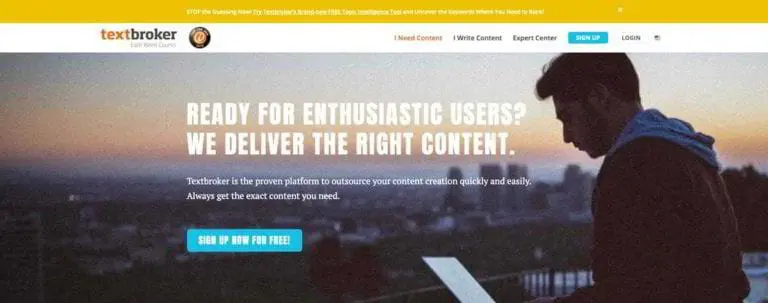
There are many options for proofing a blog. Whether it’s you, a friend, a co-worker, or you pay a freelancer from TextBroker or Fiverr, make sure you have at least have one person review it before moving on.
Note: all of these steps CAN be outsourced. While I wrote 100% of this article, we sometimes need to bring in writers, especially in niche areas we don’t understand. I’ve had many medical clients over the years and I’m not a doctor…. so what did I do? Well, I did all the research, found the topics, then let a writer with a medical background create the content for a fee, and boom… article is done!
3. Publish – Format your Article for Engagement and SEO then Publish
Now it’s time to format the article and get it ready for publishing. First, you’re going to copy the working version of the blog over to your website.
But, before pushing the publish button, we want to ensure the format and structure are on par to meet our goals.
Our goals for formatting a blog are:
- Make the content & layout engaging for users
- Make the on-page SEO great so you have high rankings in search engines
Here are the basic rules to blog formatting and structure:
Include Your Keyword
Using your keyword is important, but using it excessively or “keyword stuffing” is a big no-no. Ensure your keyword(s) are in your article title, the content at least once, and your SEO title & description.
Then as you write for your readers you should naturally use plenty of related words on the subject.
Create a Unique Featured Image
Creating a unique featured image helps capture a reader’s attention. This image will validate if the post is for them or not, so make it great!
Ensure Proper Heading Structure
If you’ve followed the process outlined in this blog, then technically this is already done.
But just in case, please check your heading structure. It’s best to see a hierarchal view and verify everything is in the correct order.
WordPress’s Guttenburg editor has a quick preview button to show you that structure at a glance and it’s great!
Use Alternate Text Format
There’s more to text than just headings and paragraphs. Ensure the use of bold, italics, drop quotes, underlines, ordered lists, unordered lists, and more.
Don’t go overboard or use these things just to be using them, but instead use them to create breakup or sections and bring attention to areas of focus.
Break Up Content with Visuals
Using video, images, GIFs, infographics, charts, comparisons, etc. to break up your sections is key to a winning article.
When adding an image, please ensure you use the “ALT” attribute for context and ADA compliance.
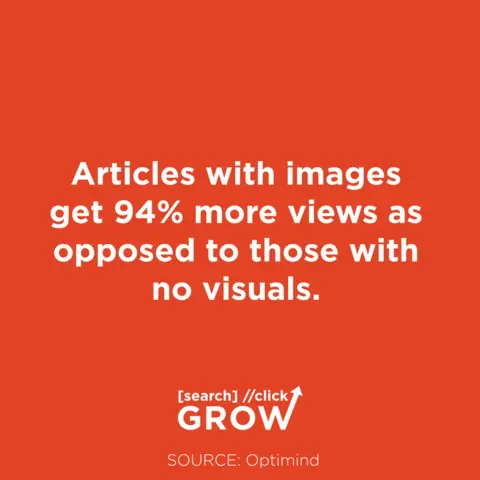
Include Internal and External Links
Linking to your own content is one of the best ways to improve your SEO. Linking in general helps create trust and authority, especially when the link is contextual A link to a source when a claim or stat is mentioned helps validate that you didn’t just make it up, is just one example.
Use Calls to Action (CTA)
If you’ve written a great article and done the promotion step (coming soon), chances are you now have traffic. But, you need to have calls to action to get casual visitors to turn into engaged followers, leads, and sales.
Ideas include email to receive a lead magnet, learn more/get in touch, or to buy a product.

Write SEO Title & Meta
SEO title and meta description are arguably the most important aspects of SEO after your article title and overall content.

The title and description are the headline and subheading you see on google when searching so it’s quite literally your first impression of someone when they are doing a search.
Design Matters
While content is far more important than design (this is a concept known as function before form), design DOES play a part here. Styling, text, and even the colors you use play a part in the performance of your blog and website as a whole.
While this isn’t everything that could go into the subject of how to properly format a blog, it’s a great primer on the fundamentals.

The Anatomy of a Winning Blog Post: this is a visual breakdown of steps 2 and 3 of this content method and shows you exactly where all these elements go and how they relate.
Editor’s Note: We created a downloadable version of The Anatomy of a Winning Blog Post which has this visual plus more detailed notes and content in an easy to use guide.
4. Promote – Maximize Your Content’s Reach and Results
So, if you’re still with me, you’ve now written the world’s best article on basket weaving (or whatever your actual niche is). Now what??
I can promise that this isn’t the movie Field of Dreams. It’s not an “if you build it they will come” type scenario… especially if your blog is new.
If your content is great, and you continue producing great content consistently, time alone WILL produce results and get you rankings on Google… but it’s quite a long time.
In fact, the average time it takes a page to reach page 1 rankings is 2 years
Don’t get discouraged, this stat includes everyone who blogs, even those that suck at it (which most people do)!
If you follow this guide, you’ll be ahead of 90% of your competition. Even with that though, my personal experience shows to expect page 1 rankings to be 6-12 months following the methods in this article.
How do you promote your blog to maximize rankings?
Email Your List
If you don’t have an email list, start one today using mail chimp. If you do, this is the first place to promote your new content. Email your new content regularly and entice sharing online.
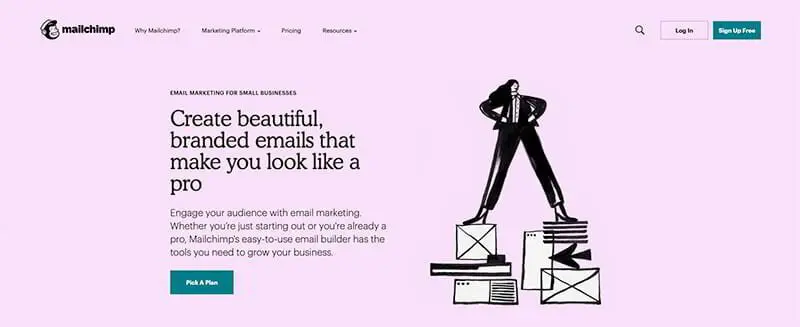
Technically, if you can afford it, I’d recommend a full-blown marketing automation solution. Mail Chimp is great but it limits you. A marketing automation tool offers not only email functions but a slew of other things useful in inbound marketing efforts.
Social Media Publishing
You should also have all the basic social channels like Facebook, Twitter, LinkedIn, Instagram, etc. and be sharing your content regularly on them.
Also, don’t just share something once… it’s okay to re-share older content that is still relevant (evergreen remember??). This will help boost it down the line.

Paid Boosting
Yeah, I know I said content is better than ads, but what’s better than that? Content promoted by ads! Yep, you can use google and/or Facebook ads to help you get traffic and engagement.
Paid traffic won’t directly affect your organic rankings, but it does indirectly affect it through social signals, shares, and re-shares, etc.
A word of warning here though: be careful if you’re new to ads! If used effectively, promoting content is a gold mine, but it can be a budget draining hole if you don’t know what you are doing.
If you think you need help with paid boosting, reach out to the Search, Click, Grow team, we would love to help you out!
Link Building
Link building is the practice of getting other websites to link to your webpages, something commonly called a backlink. There are many types of backlinks that can vary significantly in quality.
Basically, when more people link to your content, Google trusts you more, and the more they trust you, the better they rank you.
Please be careful of spammy outsourced back linking, but good quality backlink campaigns are critical for top performance rankings for years to come!
Press Releases
Online digital press releases and local news-press are a great format to promote your brand and your content. Additionally, when you get picked up with a press release, other news outlets will redistribute.
This means that not only are you getting great “news”, but you’re also building your backlink profile as well.
Just make sure you are doing something actually newsworthy and if you’re not… then start doing something! Do a fundraiser for charity, have a free version of your software for students, make something new or innovative, etc.
You don’t have to break world records or become a celebrity to make the news, just do something great and get some press about it!
Influencer Outreach
Influencer outreach comes in many forms. Some will pay thousands to millions for major influencers to promote a product on their social channels… this is NOT what I’m talking about here.
Instead, reach out to industry people that could benefit and/or that you mentioned in your article.
Let’s say you write a comparison article on the top 3 software for your niche. After it’s published, share, tag, manually outreach to those companies or key people in those companies and tell them of your new article. They will probably share just to show their audience how other people are writing about them.
But, what happens is now you get more people going to your website!
Repurpose Content:
One of the hardest things about content is coming up with it in the first place… so why stop at just a blog??
If you wrote “The ultimate guide to subject X” as a blog article, imagine what happens when you turn that same content into a youtube video, a podcast, an e-book, or any other format!
In fact, we’ll be releasing a content marketing book later this year which comes from all the work creating articles like this, then combining and editing it into one larger concise work in the form of a book.
Here’s an infographic on how to write a blog fast:
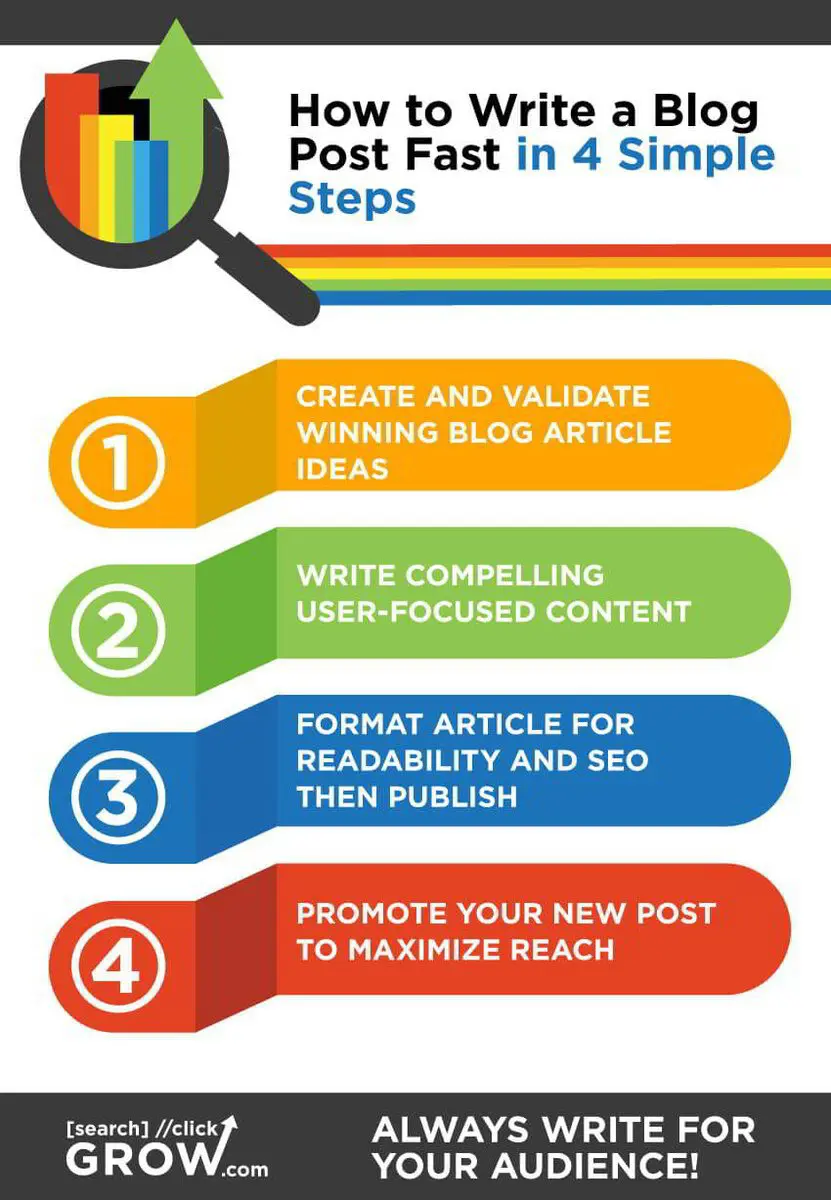
Blog Writing Recap
So, here we are at the end. At this point, you should have a good understanding of what content marketing is, what a blog is, and why you should be doing it!
Most importantly, you now have 4 simple action steps you can start today to get your blog running for your business.
NOTE: If you haven’t yet, download our 13 Week Content Marketing Planner Workbook so you can start the process of getting great blogs to help you drive traffic that can grow your business.
If you’re looking for a team to help you with your website and/or content marketing plans, please feel free to reach out.
We are a small niche team and give our best to the right organizations. To do this, we have an application process to ensure a great fit. When you’re ready, go ahead and schedule a chat with us
Otherwise, please like and share this article and let us know if you have any comments, thoughts, or questions in the comments below.

